
What configurations do we know for carrying breathing gas?
When diving with a rebreather or with open-circuit systems, the choice of how a dive cylinder is carried will often not be an issue. In normal sport diving, the diver often carries the cylinder on his back. Trim vests are therefore almost exclusively supplied with a back strap to clamp the cylinder in. Diving for longer periods of time requires more gas. In open-circuit diving, a double set is then often chosen to increase the gas volume. Double sets are the common way for sea and inland water diving.
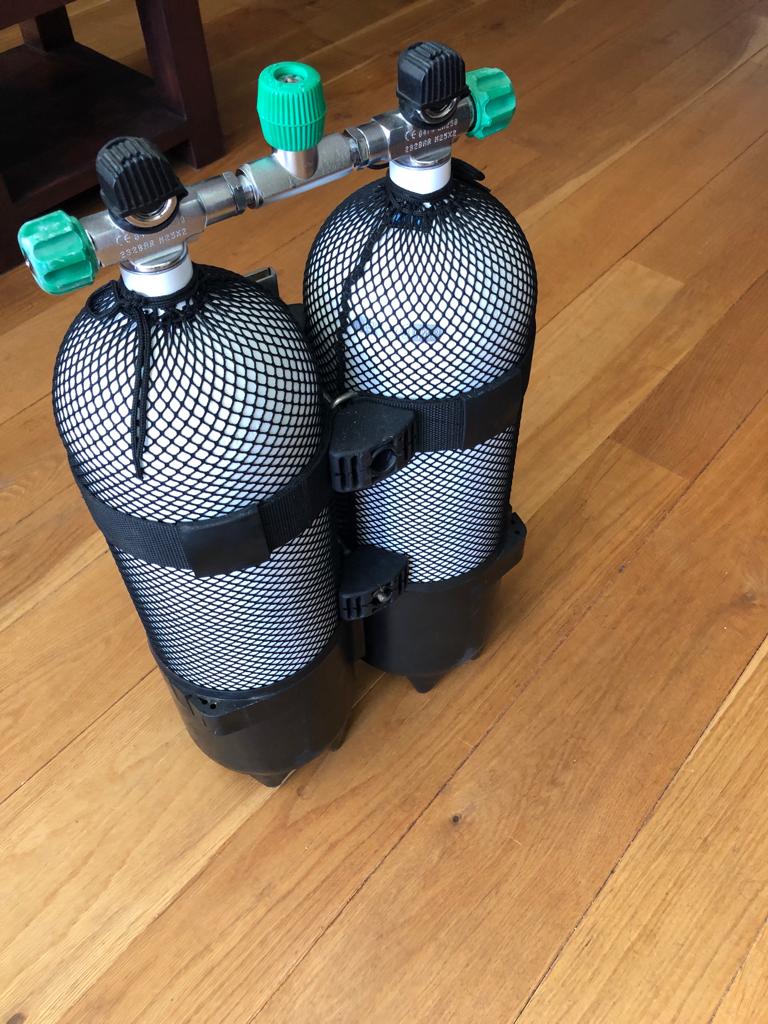
If we want to go deeper, more bottles are often included in sidemount configuration. See the next page for this: https://newwebsite2019.therebreathersite.eu/stages-adding-safety/
For rebreather divers, basically the same steps apply. For dives without extreme depth, the cylinders are generally carried on the back. If we want to go deeper, sidemounts are worn in addition to the rebreather.
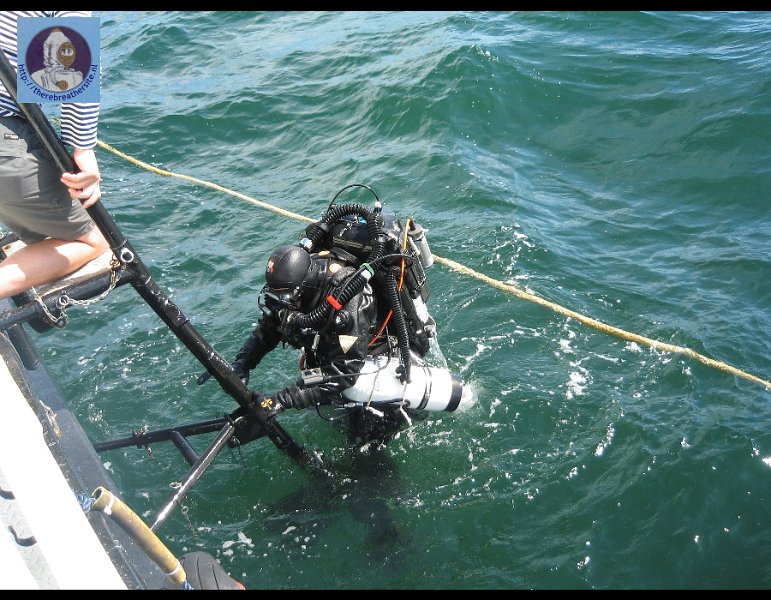
There are situations where the diver does not want to be bothered by bottles or rebreathers on the back. They then often opt for a side mount configuration with open circuit or side mount rebreather.
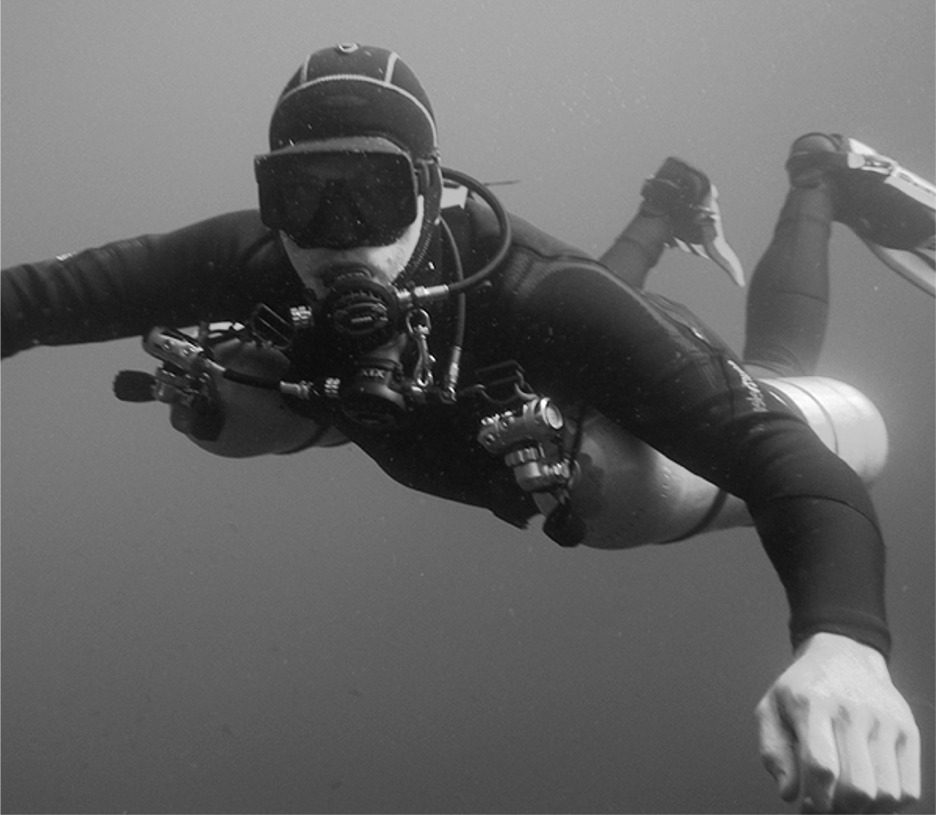
Military divers often dive with oxygen. As a result, they often take smaller amounts of gas because they use about 1-2 litres of oxygen per minute, depending on their swimming effort. A 2-litre bottle with 300 bar will then theoretically provide 300 – 600 dive minutes when swimming steadily. They therefore often prefer to carry the cylinder on their chest or belly. Another advantage is that the cylinder is in the diver’s reachable zone (triangle).
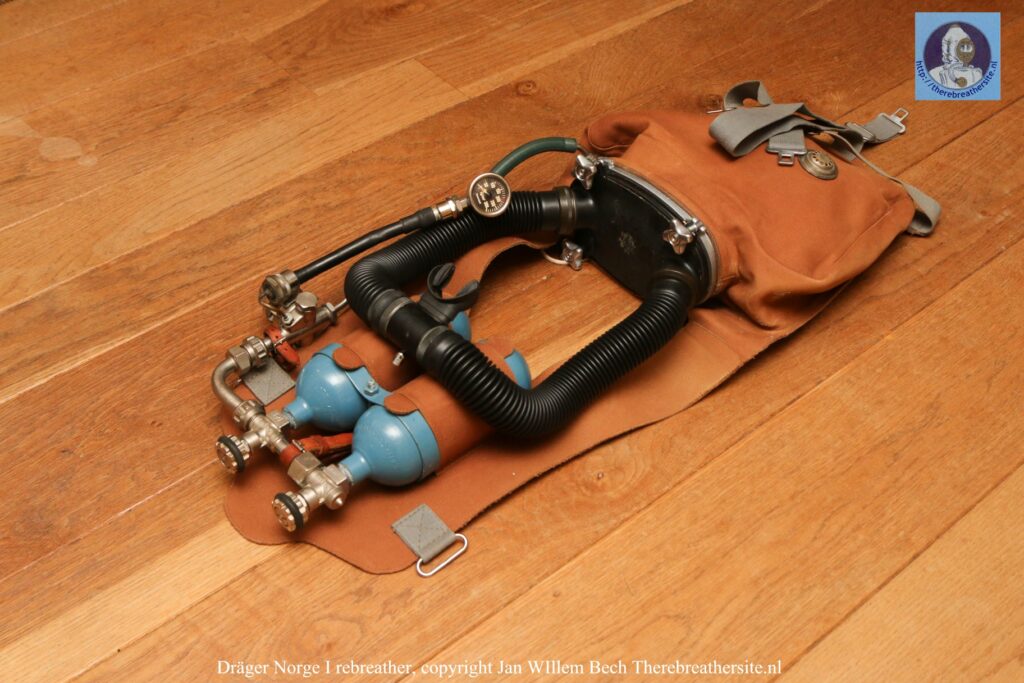
If military divers want to dive deeper with oxygen and with Nitrox, a combined solution is sometimes chosen. The diver then carries an oxygen cylinder on the chest and nitrox cylinders on the back. This configuration is very old and was used by CDBA divers and is still used by LAR divers.
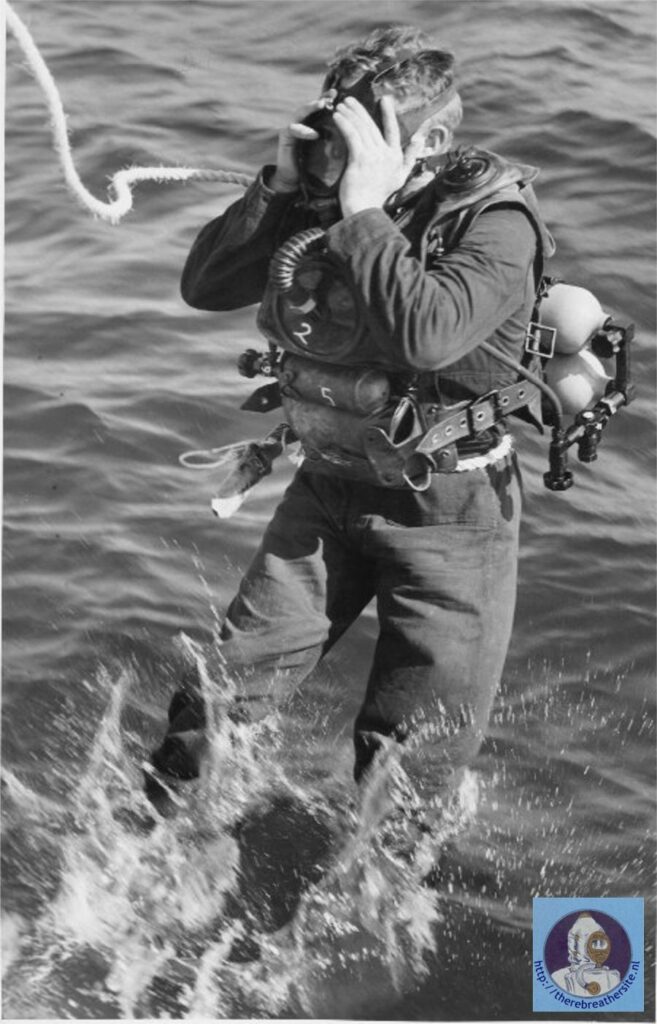
If military divers want to dive even deeper, the same system as in technical diving is often used. They then dive with a rebreather worn on their back. Sidemounted systems are not widely used by military divers due to the relatively heavy and cumbersome configuration. Compression is performed in a different way by hanging cylinders at decompression depth or sitting in a deco tank immediately after the dive.
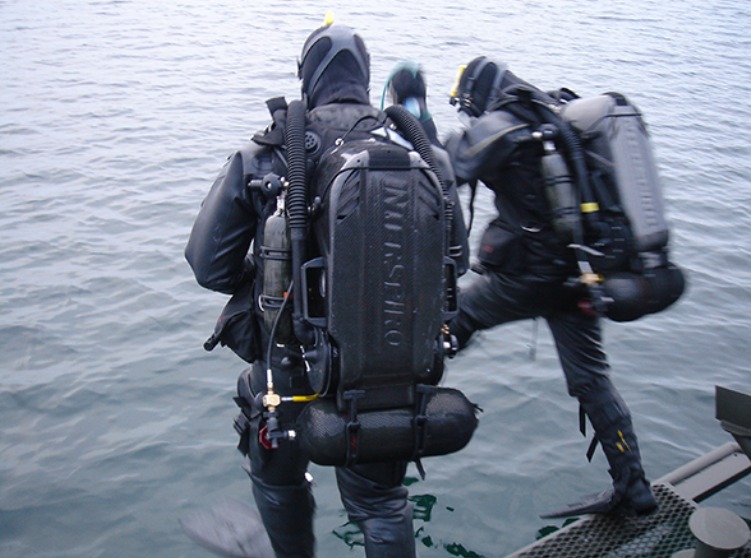
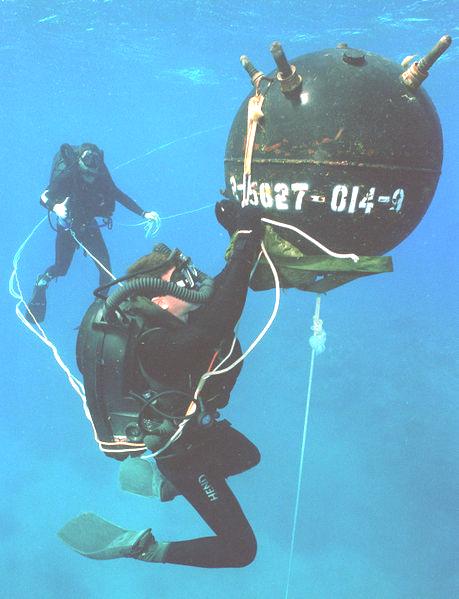
For application in mine rescue operations, we also know of several similar positions where cylinders are worn, on the chest/abdomen, on the back and very early on the hip.

Another way to carry breathing gas underwater is to incorporate it into a suit. These are often atmospheric diving suits where the diver has a small oxygen system. The pressure inside the suit is atmospheric while outside the suit the pressure increases with depth.


Therebreathersite was founded by Jan Willem Bech in 1999. After a diving career of many years, he decided to start technical diving in 1999. He immediately noticed that at that time there was almost no website that contained the history of closed breathing systems. The start for the website led to a huge collection that offered about 1,300 pages of information until 2019. In 2019, a fresh start was made with the website now freely available online for everyone. Therebreathersite is a source of information for divers, researchers, technicians and students. I hope you enjoy browsing the content!
